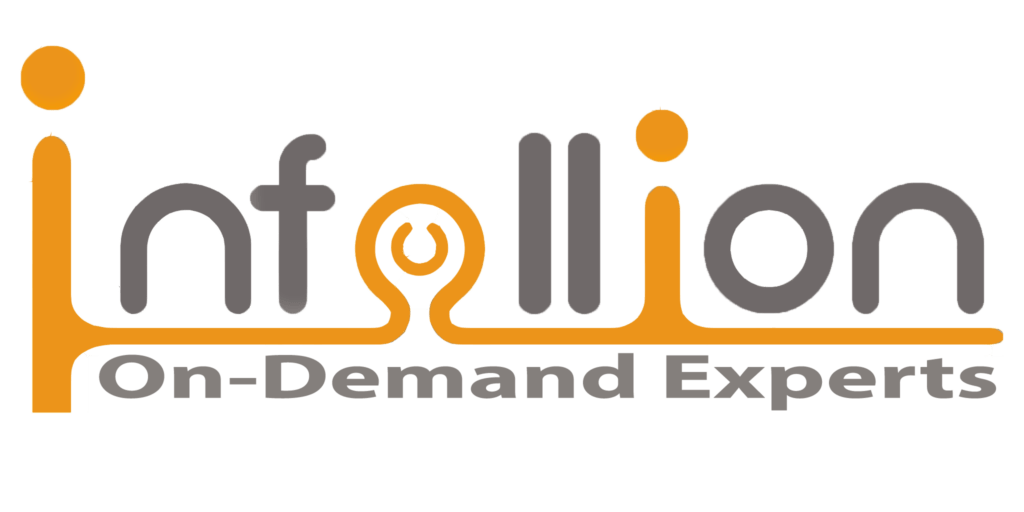Program Overview
This focused, high-impact training equips procurement and supply chain professionals with advanced cost analysis techniques to drive value-based sourcing decisions. Covering cost-breakdown modeling, should-cost estimation, and Total Cost of Ownership (TCO), the program helps participants identify hidden cost drivers and uncover cost-saving opportunities across the supplier lifecycle. With real-world case studies and simulation-based exercises, attendees will learn how to apply cost data for negotiation prep, vendor selection, and long-term value engineering. Emphasis is placed on building commercially sustainable sourcing strategies beyond price.
Features
- Build accurate cost-breakdown models for supplier quotes and commodity pricing.
- Apply TCO frameworks to evaluate sourcing decisions across logistics, quality, risk, and lifecycle costs.
- Use should-costing to support negotiation, benchmarking, and cost transparency.
- Integrate cost analytics with category strategy and business case justifications.
Target audiences
- Procurement Managers
- Category Managers
- Sourcing Analysts
- Costing and Financing Teams
Curriculum
- 6 Sections
- 30 Lessons
- 2 Days
Expand all sectionsCollapse all sections
- Foundations of Cost‑Breakdown & TCO5
- 1.1Concepts: Primary vs Secondary costs, Direct/Indirect costs, Hidden costs
- 1.2Key Terms: TCO, Life‑Cycle Costing, Should‑Cost Estimating, Activity‑Based Costing (ABC), Cost Driver
- 1.3Situational Focus: When traditional price-based sourcing fails
- 1.4Case Based Example: Pharma company’s cost‑breakdown in packaging line
- 1.5Exercise: Identify cost elements from a simplified purchase scenario
- Anatomy of Cost Drivers5
- 2.1Concepts: Design-to-Cost, Cost Driver Mapping, Bottom-Up vs Top-Down Estimation
- 2.2Key Terms: Value Engineering, Traceability, Benchmarking, Supplier Value Analysis
- 2.3Situational Focus: Identifying cost drivers beyond raw materials (e.g., logistics, warranty, compliance)
- 2.4Case Based Example: Electronics manufacturer unpacking logistics, obsolescence, service costs
- 2.5Exercise: Teams map cost drivers using a given bill of materials
- ABC & Should-Cost Modeling5
- 3.1Concepts: Activity-Based Costing, Should-Cost vs Market Cost, Cost Decompos
- 3.2Key Terms: Normalization, Standard Costing, Cost-to-Serve, Cost Pools
- 3.3Situational Focus: Handling cost volatility & supplier margins
- 3.4Case Based Example: Aerospace supplier using should-cost to renegotiate tooling prices
- 3.5Exercise: Build a simplistic ABC‑driven should-cost model in Excel
- TCO Framework & Life‑Cycle View5
- 4.1Concepts: Acquisition, Operating, Maintenance, Disposal costs
- 4.2Key Terms: Net Present Value (NPV), Internal Rate of Return (IRR), Discount Rate, Residual Value, Green Cost
- 4.3Situational Focus: Choose between CapEx-intensive vs OpEx models
- 4.4Case Based Example: Manufacturing firm choosing rental vs own equipment through NPV logic
- 4.5Exercise: Financial modelling to contrast CapEx vs OpEx scenarios
- Using TCO in Sourcing & Decision-Making5
- 5.1Concepts: Scenario Analysis, Cost Simulation, Risk-On/Risk-Off modules
- 5.2Key Terms: TEV (Total Economic Value), Decision Trees, Sensitivity Analysis, Price vs Value
- 5.3Situational Focus: Bid evaluation with non‑price cost components
- 5.4Case Based Example: IT outsourcing provider’s blended cost negotiation
- 5.5Exercise: Evaluate vendor proposals using weighted TCO scorecard
- Strategic Negotiation & Supplier Collaboration5
- 6.1Concepts: Cost Transparency, Gain-Sharing, Cost Reduction Roadmap
- 6.2Key Terms: Target Costing, Joint Business Planning, Risk-Share Contracts, Supplier Scorecard
- 6.3Situational Focus: Alignment of incentives across enterprise boundaries
- 6.4Case Based Example: Automotive OEM’s collaborative design-to-cost approach
- 6.5Exercise: Role-play negotiation using shared cost model, setting KPIs






